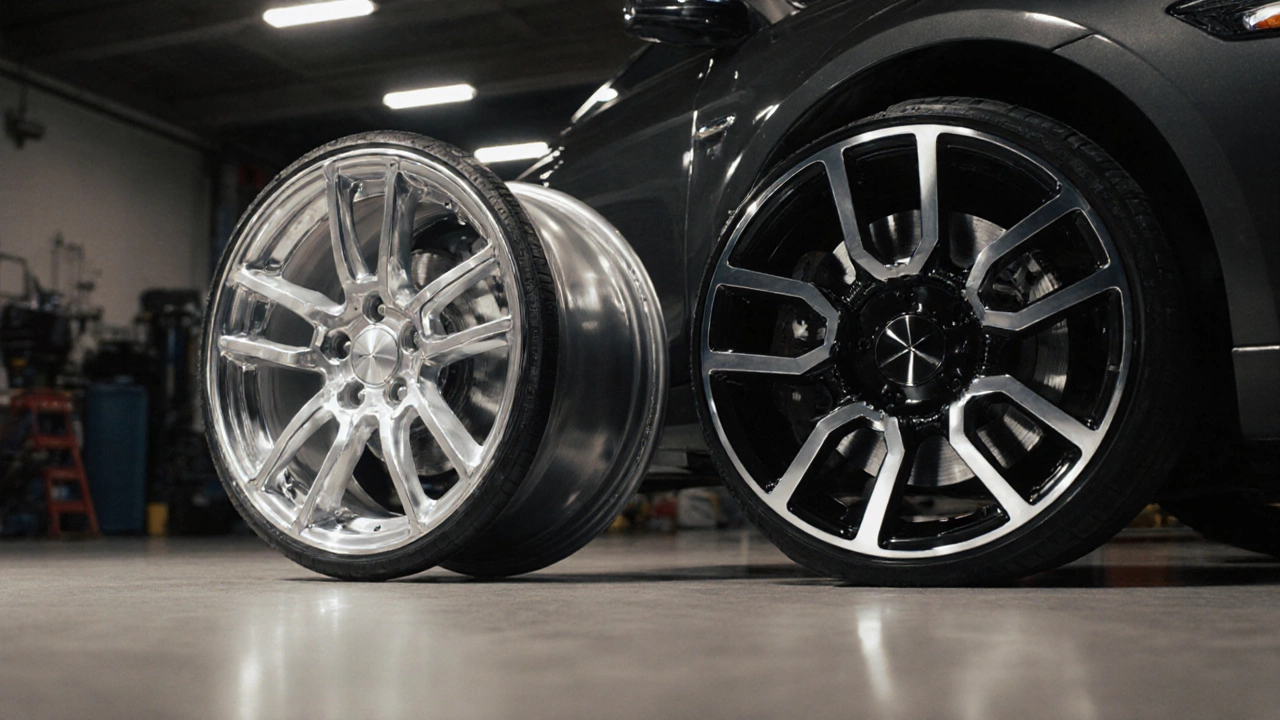When working with wheel durability, the ability of a wheel to resist damage, wear, and failure under normal driving conditions. Also known as wheel strength, it plays a crucial role in safety and performance.
One of the first things to realize is that wheel durability isn’t just about the metal you see. It’s a combo of material quality, design, and how you treat the wheel every day. That’s why the right wheel spacers, metal plates that push wheels outward from the hub can be a double‑edged sword: they improve stance but also add stress to the rim if you don’t watch alignment.
First up, tire wear, the gradual loss of tread caused by friction, heat, and road conditions directly impacts the wheel’s load distribution. Uneven wear forces the rim to flex more in certain spots, which can crack or bend weaker wheels over time. Keeping your tires balanced and rotated cuts that risk in half.
Next, wheel alignment, the precise angle of each wheel relative to the car’s geometry is the backbone of durability. Mis‑aligned wheels create uneven forces on the rim, accelerating cracks and bending. A quick alignment check after installing spacers or suspension mods keeps the forces even and the wheel happy.
Then there’s the whole suspension, the system of springs, shocks, and linkages that connect the wheels to the vehicle body. Upgrading to stiffer springs or coilovers changes how loads are transferred to the wheel. If the suspension is too harsh, the wheel endures more shock, shortening its lifespan.
Material choice also matters. Alloy wheels offer lighter weight but can be more prone to corrosion if the finish chips. Steel wheels are heavier and tougher on impact, but they add unsprung weight that strains bearings. Knowing which material fits your driving style helps you pick a wheel that lasts.
Finally, regular maintenance—cleaning brake dust, checking for curb damage, and tightening lug nuts to spec—prevents small issues from becoming big failures. A wheel that’s kept clean and correctly torqued will outlast one that’s ignored.
Putting it all together, you can see how wheel durability encompasses material strength, proper installation, and ongoing care. It requires attention to related factors like wheel spacers, tire wear, alignment, and suspension. By monitoring each of these, you lower the chance of a rim failure and keep your ride looking sharp.
Below you’ll find a curated set of articles that dig deeper into each of these topics. From DIY spacer installs to spotting early signs of tire wear, the collection gives you the practical knowledge you need to protect your wheels and enjoy a safer, smoother drive.

Discover the pros and cons of aluminum versus alloy wheels, covering weight, strength, cost, corrosion resistance, and brake cooling to help you choose the best fit for your vehicle.